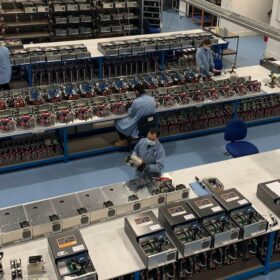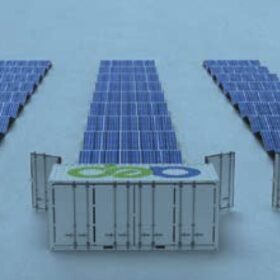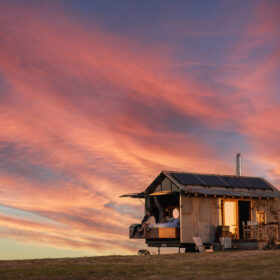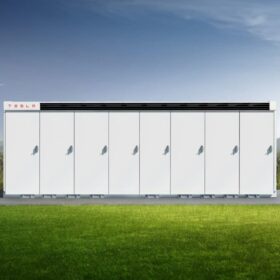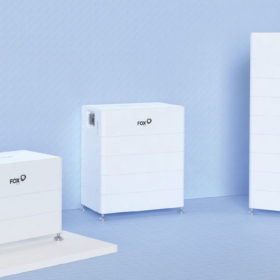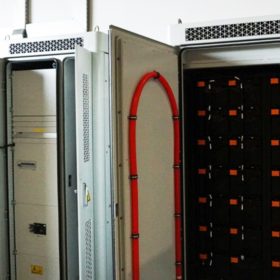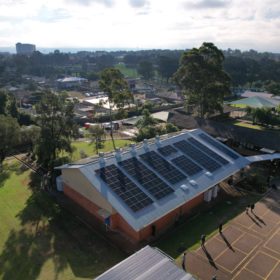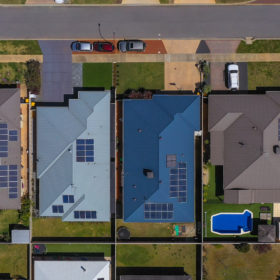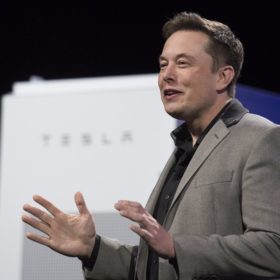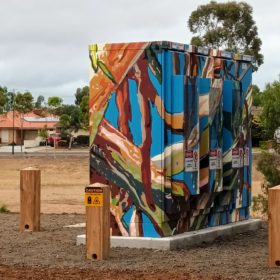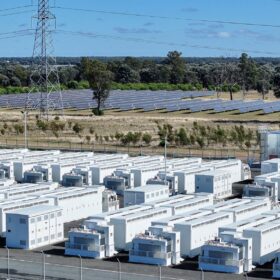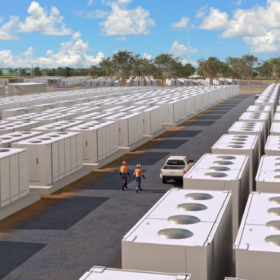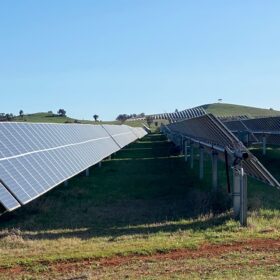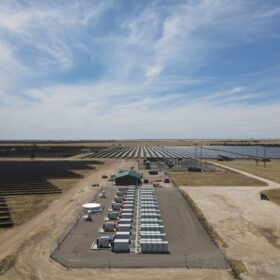Victorian battery manufacturer to ramp up growth plans after PPK buys in
Australian battery designer and manufacturer PowerPlus Energy will look to accelerate its growth plans after technology investment company PPK Group announced plans to acquire a large stake in the company.
New plug-and-play mobile PV system
The “Solar Box” mobile power plant is a container consisting of solar modules, a battery storage system, and a hydrogen storage system. According to Austria’s Alternative Energy Projects (AEP), the system starts at 94 kW and can be scaled up to more than 5 MW.
Stella the Stargazer is the latest in a trend of luxury solar-powered getaways
On the back of Covid-19 lockdowns, geopolitical energy crises, a cost-of-living crisis and evermore congested cities, some people are looking for alternate ways of living, while others are just looking for an cosy getaway that doesn’t come with a Sasquatch-sized carbon footprint. Enter Stella the Stargazer, a solar-powered holiday destination that makes living off-grid the lap of luxury.
Tesla’s Investor Day: Ramping up the Megapack business
The electric vehicle and storage manufacturer shared insight into its Megapack energy storage business and the Megapack XL, the stationary battery storage product that Tesla says has the highest energy density on the market.
Weekend read: Dawn of the store-age
Last year was another landmark 12 months for energy storage, with all indicators pointing to a massive surge in demand. Supply chain instability and inflation saw battery prices rise, but the industry demonstrated an ability to swiftly react to geopolitical developments. Marija Maisch examines five trends driving the market.
Shell Energy delivers battery-backed renewables solution for NSW
The Australian renewables and energy solutions arm of global energy Shell is finalising the installation of a solar-powered virtual power plant featuring battery energy storage systems deployed across 16 New South Wales government buildings.
NSW welcomes a fresh cohort of solar schools
A new cohort of 18 New South Wales (NSW) public schools will receive solar and battery energy storage systems in the latest round of the NSW government’s Smart Energy Schools Pilot Project.
SwitchDin plots DER testing lab to help tackle clean energy transition
Australian energy management software company SwitchDin has announced it will build the Southern Hemisphere’s largest lab dedicated to researching and testing distributed energy resources at its headquarters in the New South Wales Hunter region.
Tesla slashes Powerwall price
After consistently raising the price of its Powerwall home battery system since 2018, Tesla has finally dropped its recommended retail price to $14,599 (USD 9,818), a substantial $1,631 reduction.
Powercor supports more rooftop solar with new neighbourhood battery
The solar ambitions of residents in the western Melbourne suburb of Tarneit are now underpinned by a neighbourhood battery. Victorian network service provider Powercor connected the 120 kW/360 kWh energy storage system to its network to make the most of the strong rooftop PV penetration in the area.
